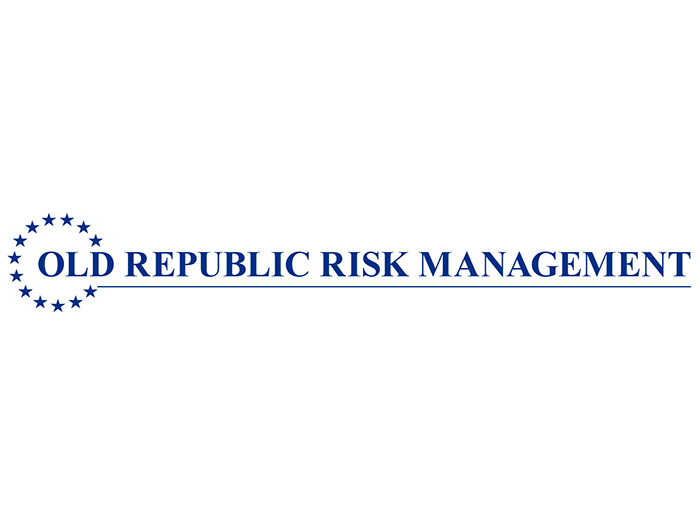We Asked 7 Insurtech Leaders Where to Expect Change in 2023. Here’s What They Said

The pace of change and technological development in the insurance and risk management industry is accelerating, thanks in large part to Insurtech firms driving innovation and partnering with legacy insurers to create new solutions to traditional challenges.
The next year will bring new ideas to the forefront of risk and insurance, introducing ways to protect people and property, lower expenses and reduce cycle time.
Below, leading Insurtech solution providers share their 2023 predictions.
Partnerships and Profitability
The next evolution will include Insurtechs and incumbents working together as true partners to find solutions to challenging problems.
Corvus CEO Madhu Tadikonda described this next iteration: “Looking ahead to 2023, the ‘Insurtech 2.0’ landscape will continue to mature, with companies focusing more on profitability and honing in on areas with the biggest gap between customer needs and current capabilities. We see huge demand paired with limited supply, a result of relying on traditional questionnaire-based methods to gather data for underwriting.
“These methods have failed to appropriately quantify risk, leading to a chain reaction of underpricing, losses and market pullback. An Insurtech 2.0 approach will leverage the data and technology to properly assess and price risk, and even go beyond the insurance application to help proactively mitigate risk for policyholders.”
Guy Goldstein, CEO at Next Insurance, spoke more about how Insurtechs will prioritize profitability in 2023. Following the dismal earnings, disappointing stock prices and layoffs that plagued some Insurtechs in 2022, focusing on profits seems like a wise move.
“We’ve moved into a market that values sustainability, profitability and efficiency as high markers for companies that will endure the test of time. Insurtechs will prioritize profitability over growth, and their long-term investments in technology will put them in a prime position to continue to capture market share from legacy insurers,” Goldstein said.
“Those who don’t prioritize or achieve profitability in a timely fashion might not survive,” he warned. “2022 was a year for Insurtechs to reassess and reevaluate their operating costs, customer acquisition models and coverage offerings, laying a strong foundation for the path to profitability. In 2023, Insurtechs will continue to build on these changes, and will double down on digital solutions, AI and data analytics to improve underwriting, loss ratios and risk assessment to achieve sustainable profitability.
“Insurtechs will continue to stay competitive with traditional providers by capitalizing on the widening gap in digital experiences and tech-driven back-end efficiencies over the next 12 to 24 months, allowing them to create responsible, viable companies while delivering more choices and a better experience to customers.”
Andy Cohen, president at Snapsheet, discussed the impact on claims: “From a claims perspective, 2023 will kick off an overdue wave of operating model transformation after the realization that loss cost and expense inflation are here to stay. This will consist of shifting away from legacy methods of inspection/repair and aligning internal resources to customer-impacting activities and increased outsourcing in high-frequency, low-severity lines.”
“Insurers are now tasked with reconsidering where residual capital will be spent in 2023,” added Christian van Leeuwen, CSO and cofounder at FRISS. “New investments in digital transformation, AI and technology will also be looked at cautiously in the next few months.”
Automation and AI Continue to Evolve
A common theme emerging from the Insurtech leaders was a focus on continued AI, machine learning and automation.
David Tobias, cofounder at BetterView, elaborated, saying, “2023 will see greater adoption of AI in all aspects of an insurance company’s daily operations, enabling greater automation and more actionable data-backed insights. We are seeing strong interest in how AI and computer vision is leveraged to reveal property-specific insights and optimize underwriting, inspections and claims.”
He described how advances in technology are driving more accurate rating and pricing.
“A property’s true and current condition is more powerful than simple historical models, particularly as insurers deal with a new economic climate, new regulations and increasing severe weather events like hurricanes, wildfires and windstorms,” said Tobias. “Insurers will need tools that enable them to consume massive amounts of data, reveal accurate risk, and price more accurately, yet still respond faster. AI and systems to consume that AI output can provide great benefit to carriers and insureds.”
Elad Tsur, cofounder and CEO at Planck, is focused on the impact of straight-through processing in commercial risks, streamlining the entire insurance ecosystem from application through to claims.
“I see straight-through processing (STP) as one of the top trends for 2023,” Tsur said. “STP has been a required operating practice in personal lines for at least a decade, but the greater level of complexity in even the smallest commercial risk has caused progress there to be much slower than many had hoped. True STP — a streamlining of the application, approval and claims process through automation — has been a goal of the insurance industry since the 1990s.”
“Carriers will address technology deficiencies in the claims space to drive differentiated outcomes around customer engagement, automation and efficiency, particularly in high-frequency lines,” Cohen predicted.
Tsur added, “Recent advances in workflow integration, data mining and AI allow carriers to reliably eliminate more decision noise and human error than ever before. A more informed and streamlined underwriting process greatly enhances risk selection, coverage construction and pricing. New technologies, such as Planck’s data- and AI-related capabilities, enable the kind of breakthrough functions the industry needs at numerous steps in the underwriting process.”
Embedded Insurance Brings New Opportunities
Embedded insurance is a trending area creating new opportunities for carriers and Insurtechs. Customers expect a seamless digital experience — and embedded insurance delivers.
“We live in a world where both consumers and business owners expect a convenient and seamless purchasing experience regardless of the product or service they are purchasing. A concoction of technology mixed with data has enabled the insurance industry to meet these expectations in new and exciting ways,” said Coterie Insurance chief growth officer Bobbie Collies.
“InsTech London is forecasting the embedded insurance market to grow to $722 billion in gross written premiums (GWP) by 2030,” Collies continued. “A good portion of this GWP will be new revenue into the industry, capturing new premiums for risks that would have otherwise gone uninsured or perhaps underinsured.”
“One topic that has been on the rise in recent years is embedded insurance,” said van Leeuwen. “We are especially seeing new initiatives come to market not only with large auto manufacturers like Tesla and GM but also with other digital brands. These initiatives are leading many consumers to consider what the ‘new normal’ will look like.”
Embedded insurance is convenient, seamless and low-effort for consumers, which helps explain its popularity.
“Distribution is changing rapidly, particularly for risks that have a low complexity of underwriting. To stay relevant, 2023 will be a critical year for carriers, independent agents and Insurtechs to align strategies in an effort to meet customers where it’s most convenient for them to purchase insurance products,” Collies said.
One place where all the experts agree: 2023 will continue to be an exciting year for Insurtechs and the industry. As Cohen summed it up, “2023 sets up as a transition year for the industry, after a new normal was established in 2022.” &











